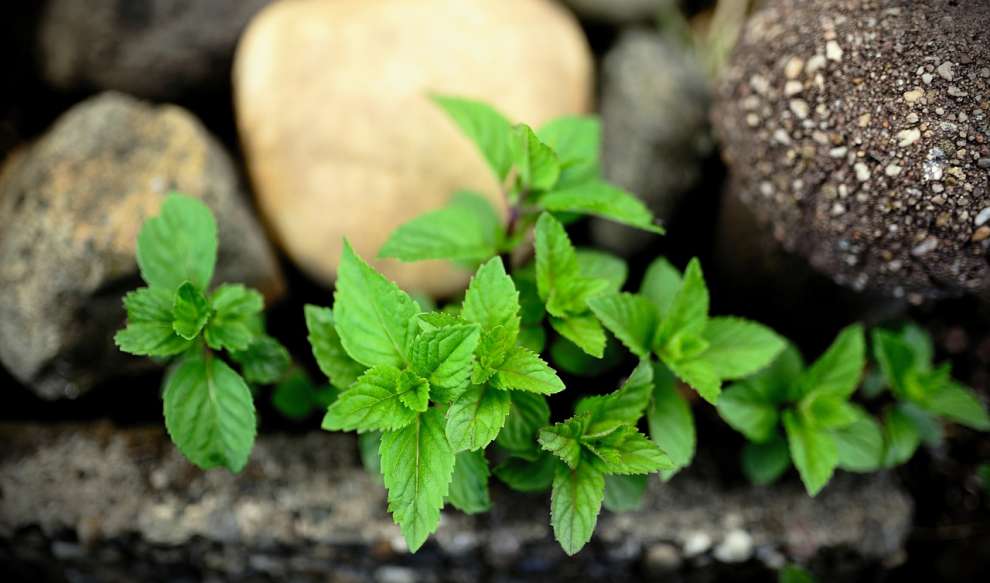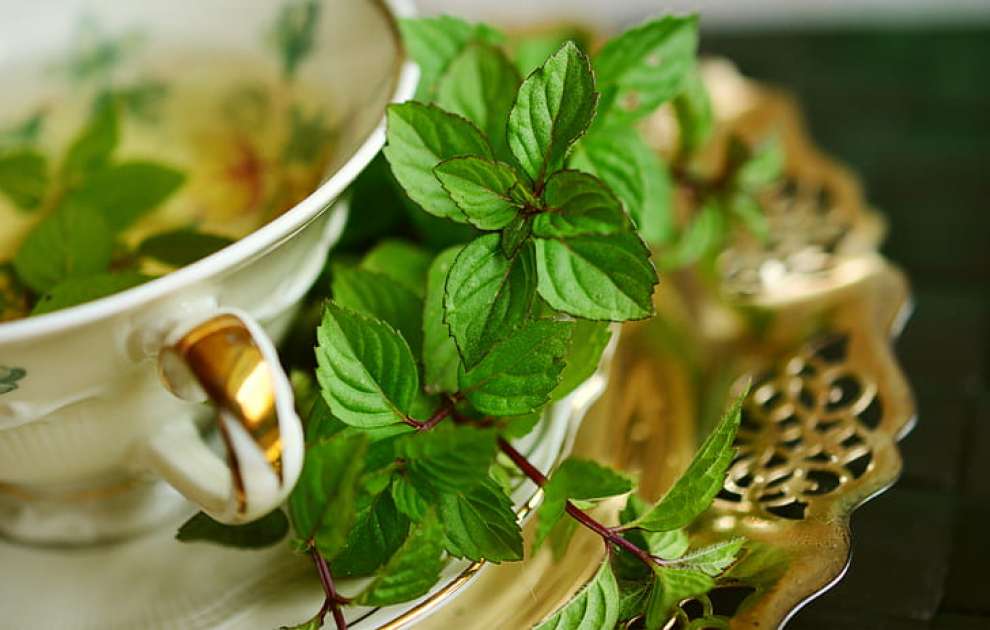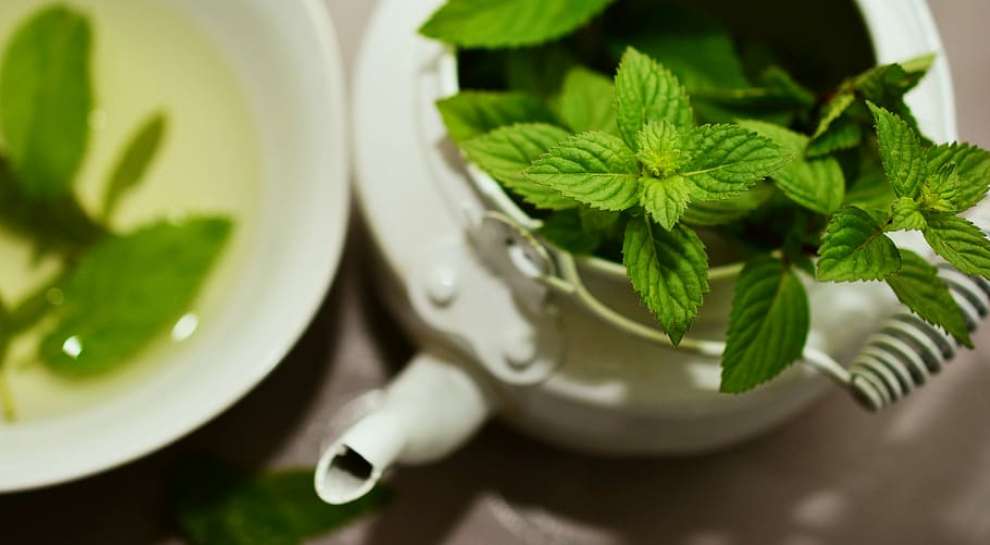The aromatic mint
A wonderful healing herb of our earth
Scientific name: Menta piperita
Family: Lamiaceae
A hybrid between Mentha aquatica and Mentha spicata, the peppermint is sometimes semi-native in barren places, on embankments, in ruins and near gardens, while it is cultivated everywhere at the same time. There are many species of wild mint and hybrids, and they all contain essential oils of varying composition.

It is a perennial plant, with a strong menthol aroma. The leaves are deep green, sometimes purple and look very much like spearmint. Mint is generally one of the most aromatic (peppery) and most pleasant to taste plants, with various similar healing properties.

The name mint comes from the Latin mentha, which in turn comes from the ancient Greek mint. It is also found under the name idiosmos. Minthi was the Nymph of the underworld, whom Hades asked to make her his mistress. Persephone or, according to other writers, Demeter persecuted the unfortunate and trampled her or, as others say, tore her to pieces. During her martyrdom, Hades did not even move to help her. He limited himself to transforming it into a plant, which suddenly sprouted for the first time on the mountain Minthi of Trifylia. It is the well-known mint, dedicated since then to the god of darkness. It has been used since antiquity until today as an aromatic in cooking, winemaking and pharmacy. The ancient Greeks rubbed the table with mint before dinner. They also perfumed the bath water. From the 6th century, toothpaste creams with mint are first encountered. Mice seem to avoid its smell, which is why it is used to remove them. In ancient Greece, Hippocrates and Galen used mint against indigestion, nervous disorders, dizziness, insomnia, gastritis, coughs, colds, sore throats and as an antispasmodic.

Of the ingredients in peppermint essential oil, menthol is aromatic and refreshing, and menthol (which is a ketone) is even more potent. Mint is generally antispasmodic, antiphysical, cholagogue, tonic, stimulant and in large doses, aphrodisiac. It is also a digestive plant, stimulates bile production and liver function, is considered an anti-asphyxiant plant and is used against catarrh and metrology, against dysmenorrhea and worms and even against the flu and as an antirheumatic. Mint is also therapeutic for enteritis. Calming in lithiasis, against cramps of the abdomen and against senile dementia. Still, mint can relieve a stuffy nose and headaches.

Mint leaves are commonly used, dried to make a soothing drink. Mint is also used as an essential oil to relieve headaches, but it is also used in pharmacy to make toothpaste, ointments and medicines, useful for viruses and flu. Mint is also used in cooking and confectionery.

 English
English
 Ελληνικά
Ελληνικά Русский
Русский




 Posted by
Isabella Ziova
Posted by
Isabella Ziova






